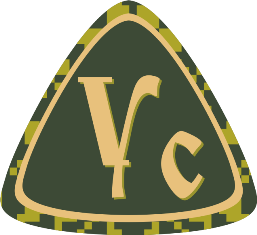TRANSCARPATHIAN WOMEN IN FAMILY AND SOCIETY DURING THE SOVIET ERA
DOI:
https://doi.org/10.31499/2519-2035.12.2025.325640Анотація
In the 1930s, during forced rapid industrialization and later during the war, women in the USSR were forced to perform male-dominated tasks, including driving tractors. Behind the mask of emancipation, these campaigns played a significant role in increasing agricultural production and spreading socialist ideology. Women performed difficult, physically demanding tasks that required technical knowledge, often under harsh weather conditions and sometimes even at night, regardless of their health. With the Red Army’s arrival in Transcarpathia in autumn 1944, the construction of the Soviet system began, showing no mercy for its victims. This marked one of the most difficult periods for the Hungarian community there. This research aims to analyse the status and role of Transcarpathian women during the Soviet era through the interaction between Soviet gender policies and local cultural traditions, to elucidate how they combined professional activities and family responsibilities, and determine the influence of the region’s ethnocultural diversity on female identity formation. The role of Transcarpathian women was influenced by both Soviet policies and the region’s unique cultural characteristics. Transcarpathia was incorporated into the Soviet Union. The Soviet government promoted gender equality, encouraging women to participate in education, work, and politics. However, while women worked outside the home, traditional roles of motherhood and homemaking remained strong. Transcarpathian women were integrated into the workforce, working in agriculture, state-run industries, textiles, healthcare, and education. Many participated in collective farming, a significant part of the Soviet economy. Despite this involvement, women were still expected to manage household chores, children, and family members. The USSR provided benefits like maternity leave and daycare, but the double burden of work and family responsibilities persisted. Family structure in Transcarpathia remained relatively traditional. In addition to hard physical work, women were seen as central to maintaining household traditions. The patriarchal structure remained despite Soviet calls for gender equality. The Soviet Union promoted the family as a social institution, encouraging women to marry young and have children. Girls were often expected to follow traditional paths, including early marriage and motherhood. Nevertheless, education was significant, with many women completing secondary and some higher education. Political participation remained limited for most women, though some opportunities existed within the Communist Party. Women were often excluded from the highest levels of power. The Soviet state provided healthcare and social services, which impacted women's lives significantly. Maternity care, healthcare for children, and educational opportunities were benefits, but women still faced work-life balance challenges. Rural women faced different challenges than urban counterparts. Rural women engaged more in agriculture and domestic tasks, while urban women had better access to educational and professional opportunities. However, societal pressure to adhere to traditional gender roles existed everywhere. The legacy of Soviet policies had a lasting impact. While women gained access to education and employment, traditional expectations as wives and mothers persisted, influenced by both Soviet policies and the region’s rich cultural heritage.

